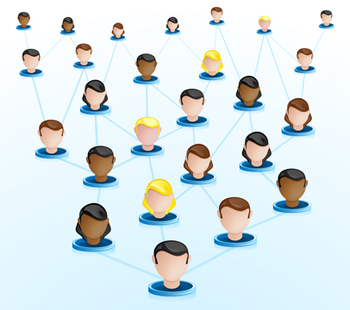Remember Me? I’m Your Customer.
You already know how to build your brand through social media marketing. You’re already on top of the changes that Facebook announced at the 2011 f8 Developers’ Conference. You’re also well-aware of the fact that you need to interact with your social media consumers, not just constantly pitch to them. As such, you’re always looking…


![Who Rules Social Media [Infographic]: A Look at Social Media Impact by Nonprofit Issues](https://4thweb.com/wp-content/uploads/infographic_who_rules_social_media_183x183.jpg)


